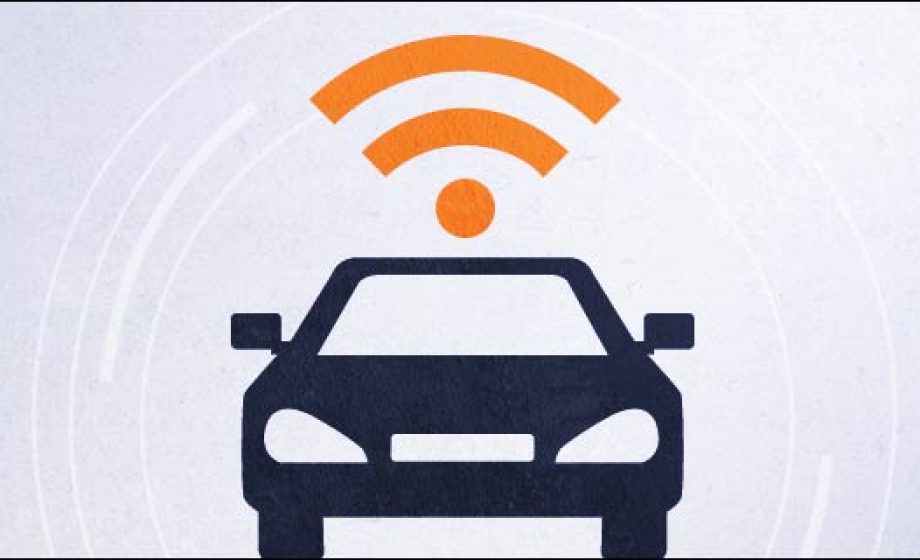 If you were looking for an update on the status of the connected car on the European market, you are in luck. Software and IT Services (SITS) consulting company Pierre Audoin Consultants (PAC) has released a study entitled “The Connected Car in Europe- Strategies and Technologies for Connected Driving”.
If you were looking for an update on the status of the connected car on the European market, you are in luck. Software and IT Services (SITS) consulting company Pierre Audoin Consultants (PAC) has released a study entitled “The Connected Car in Europe- Strategies and Technologies for Connected Driving”.
The study is based on a survey distributed to 250 CxOs of auto companies in France, Germany, the UK, the Netherlands, Spain, Sweden, and Italy. Its main goal was to explore the strategies of the industry of developing and launching connected car technologies and services, using such questions as:
- Which trends and changes are important?
- What role do politics and standardization play regarding connected car offerings?
- What are upcoming investment plans and who are the decision makers?
The answers? “The automative industry is about to experience a technological leap that will substantially change mobility”.
Some of the statistics are quite exciting for lovers of the connected car. The survey found that about 55% of automakers are still in the beginning stage, defined as being in the research and development, design and implementation, and testing phases. However, 43% of automakers, a very substantial number, are in production mode, defined by the integration into products, rollout, and operation phases. The biggest focuses of car manufacturers at the moment are in-car connectivity, car-to-driver connectivity, as well as car-to-x connectivity.
But what are the challenges? They include how to bundle multiple third-party services, change in ownership strategy, and allocating revenue streams across different partners. Connected Car companies are asking for help in software development, security, and testing from external services in order to respond to these questions. However, where companies are seeking these answers, I think, is very significant. They are going to government service providers, possibly in order to resolve the question about policy and standardization, but also Consulting and IT providers as well as electric device manufacturers. So we can clearly see from this who some of the decision makers are as well as where investment plans could be coming from.
However, the potential offerings, aside from the obvious benefit of a connected car for consumers, are numerous for car companies. They can help produce a complementary business, become a major business driver, and serve as a differentiator from competitors.
The study certainly would be exciting for companies and car lovers alike who have any stake in the connected car. Whether consumers are ready for it or not, the study affirms us that the connected car is on its way in force in the European marketplace. I’m particularly impressed by the offerings of the connected car. I think with all of the complementary service offerings it really has potential to make a major splash in the auto industry as a whole, especially just on the level of new jobs and economic impact it could have. But for now, we will just have to hold onto the wheel and wait for the wave to hit!

